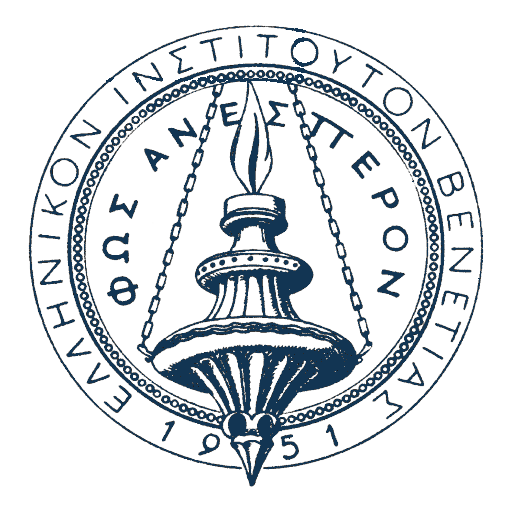The Museum
of Icons
The Hellenic Institute of Byzantine and Post-Byzantine Studies in Venice inherited from the Greek Community of the city one of the most important collections of works of Orthodox art. The history of the collection is inextricably linked to the history of the Greek Orthodox Confraternity of Venice and reflects the importance of the most important Greek community in Western Europe. The unique Museum of Icons includes some of the best Byzantine and post-Byzantine icons of the collection, manuscripts, documents, and various remarkable items which reflect the history of the Greeks of Venice. The Museum is housed on the first floor of a two-storey building in Campo dei Greci, next to the church of Saint George of the Greeks, the so-called Scoletta, where the Hospital of the Greek Orthodox Confraternity operated from 1678 until the beginning of the 20th century.
The Museum was inaugurated in 1959 and renovated in 1999.
The museum collection includes masterpieces of Byzantine hagiography such as the two icons brought from Constantinople in the 15th century by Anna Palaiologina Notara, which she offered to the Confraternity. Post-Byzantine art is represented in the Museum by dozens of works by anonymous or well-known painters, such as George Klontzas, Michael Damaskinos, Emmanuel Lampardos, Frangias Kavertzas, Victor, Ioannes Apakas, Benedict Emporios, Emmanuel Tzanfournaris, Thomas Bathas, Emmanuel and Konstantinos Tzanes, Theodoros Poulakis and Ioannis Moskos. Since many of the post-Byzantine icons belong to the so-called “Cretan school”, the visitor is given the opportunity to follow the evolution of the art of Cretan painters from the 15th to the 17th century.
The Museum also exhibits valuable manuscripts including a 13th-century parchment gospel, the unique Romance of Alexander the Great with 250 miniatures and a summary in Paleo-Ottoman script, as well as a papyrus dating from the time of Justinian coming from Ravenna. The museum collection is completed by a printed gospel of the 18th century, with velvet stonework decorated with cast silver tiles, as well as various relics, such as vestments, belts and archiepiscopal encolpion, gold and silver objects, patriarchal and ducal documents by which the privileges that had been granted from time to time to the Confraternity and the church of the Greeks had been assigned.
